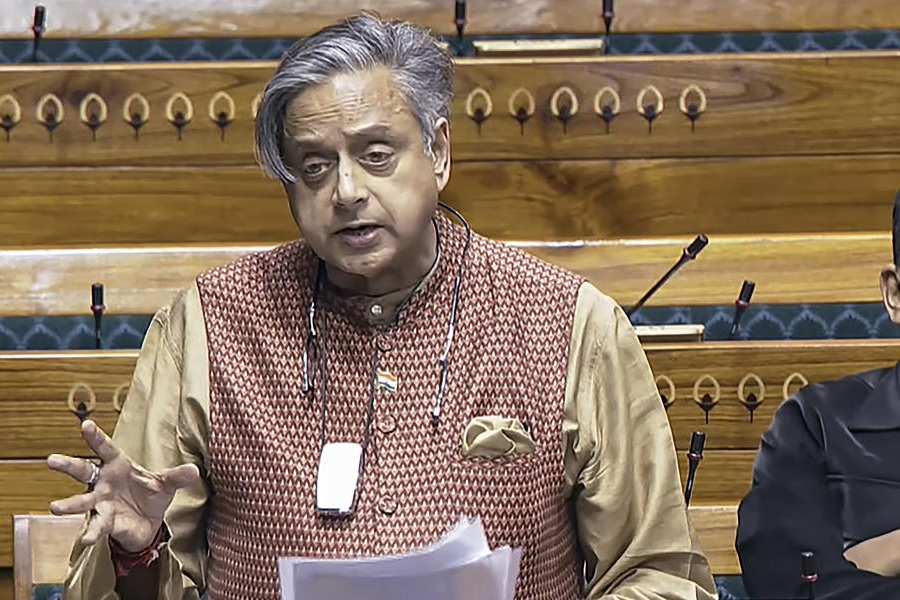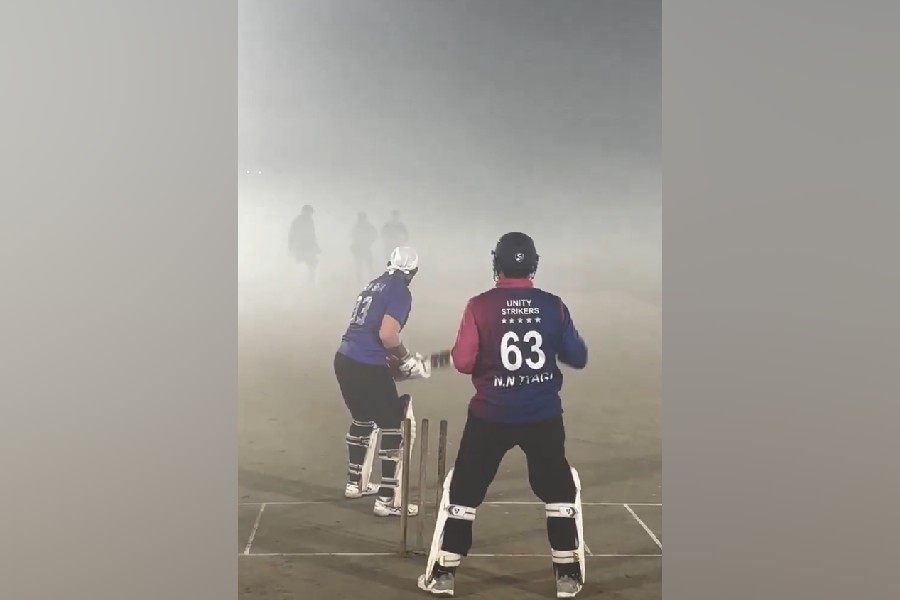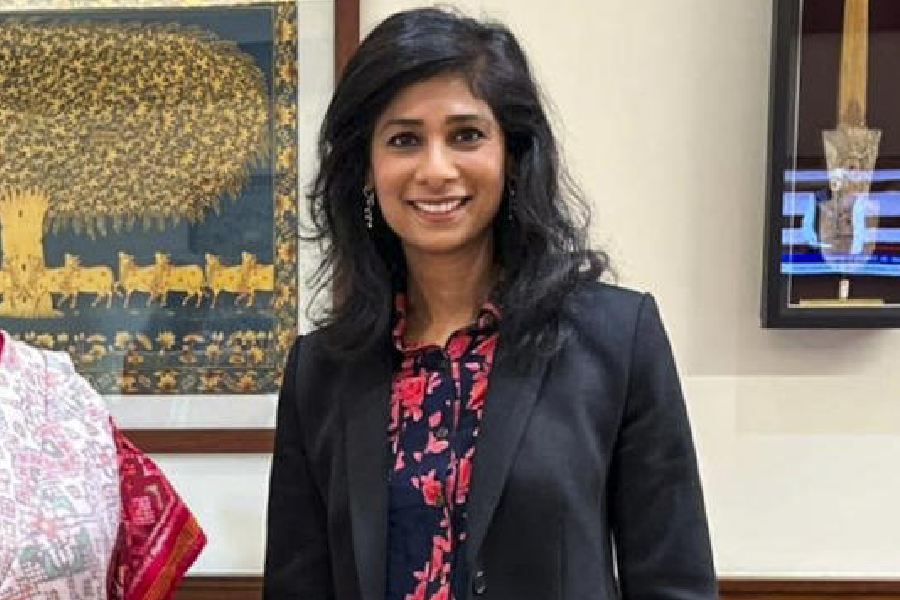 |
 |
| A puppet show based on the Ramayana. (Below) Maguni Charan Kuanr from Keonjhar, a pioneer in developing rod puppetry in the state. Telegraph pictures |
Bhubaneswar, May 22: Odisha has been a treasure trove of intangible heritage forms for centuries. But most of them are at the verge of extinction owing to the apathetic attitude of the concerned authorities.
One such art form is puppetry. Though varieties of puppetry found in the state are still alive because of the efforts of a few puppeteers, who have fought against all odds to keep the art form alive, they are afraid that the performing folk art is in its last stage.
The state has the distinction of being the only region in the world that has a legacy in four kinds of puppetry – rod puppetry or kathi kandhei, string puppetry or suta kandhei, shadow puppetry or ravanachhaya and glove puppetry or sakhi kandhei.
Octogenarian Maguni Charan Kuanr of Keonjhar has been a pioneer in developing the ancient rod puppetry of Odisha. He has successfully transformed the combination of dolls and rods into talking and moving rod puppets. But the winner of several awards and accolades, including the Odisha Sangeet Natak Akademi Award in 1983-84, is yet to find a saviour for the dying art.
Kuanr, the only exponent in the state when it comes to rod puppetry, has been performing for more than 50 years. He has composed more than 20 productions for his troupe, Utkal Biswakarma Kalakunja.
“My troupe has performed all over the state and even outside, many times. But awards and appreciations are not enough to save rod puppetry,” said Kuanr. “The lack of any financial support or proper forums to promote the art form is keeping away the younger generation from pursuing a career in puppetry that could lead to the extinction of the traditional art,” he said.
Puppetry, traditionally, used to be performed in villages by artistes then considered to be of lesser-privileged communities. But the artistic excellence of these puppeteers pulled Kuanr, who learnt the art from his guru Makaradhwaja Jhara.
Similarly, breaking the social stigma of caste and community, well-known puppetry researcher turned puppeteer Gouranga Charan Das has been making sincere efforts to popularise ravanachhaya.
“It is important that artistes are given respect. Only then can an art form survive and flourish,” said Das, who established Kandhei Ghara, a forum for all forms of puppetry in the state. His productions in shadow puppetry have received appreciation at many major events.
“It is important to keep traditions intact while modernising the presentation. But most artistes who belong to puppetry communities do not have enough sources since the task of involving creativity to suit today’s audience is quite tough,” he said.
Kuanr, who evolved rod puppetry, also believes that new elements are needed to revive the art form. “When I was a kid, the shows used to be serious with mythological episodes and folk stories being performed. But I felt there could be a humorous angle to these stories. That is what the audience loves,” he said.
The puppeteers, however, have much to complain against the authorities.
“The government has not done anything in our state to promote or preserve puppetry. Only declaring it as a ‘dying art’ and holding one festival for all such performing arts is so illogical. The Odisha Sangeet Natak Akademi is not preserving but destroying the art form. They are not even supporting artistes if we apply for grants from the central government,” he said.
The Odisha Sangeet Natak Akademi (OSNA) and culture department spends crores for dozens of Odissi festivals throughout the year but not a single puppetry festival is conducted, said Das, adding that if rural artistes are ever invited for shows in the capital, they never get the same treatment as Odissi dancers or musicians.
Glove puppetry artistes from Kendrapara and string puppeteers from Ganjam district also have similar complaints.
“We get very few shows in a year that does not help us to get a proper living. However, since this is an art our ancestors used to perform, we are trying to keep it alive,” said Parmeswar Singh, leader of the glove puppetry troupe that has only eight members.
“In our village, almost every household has a box full of these puppets that our great grandfathers used. While earlier, people used to give us grocery on performing, now after the advent of television and films, the interest towards our art is only waning day after day,” he added.
Aruna Mohanty, vice-president of OSNA, said the Akademi would conduct special festivals for all disappearing performing arts.











